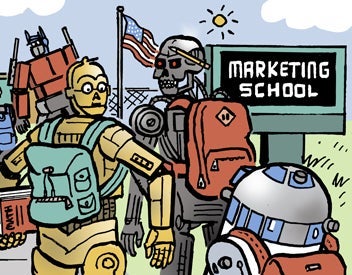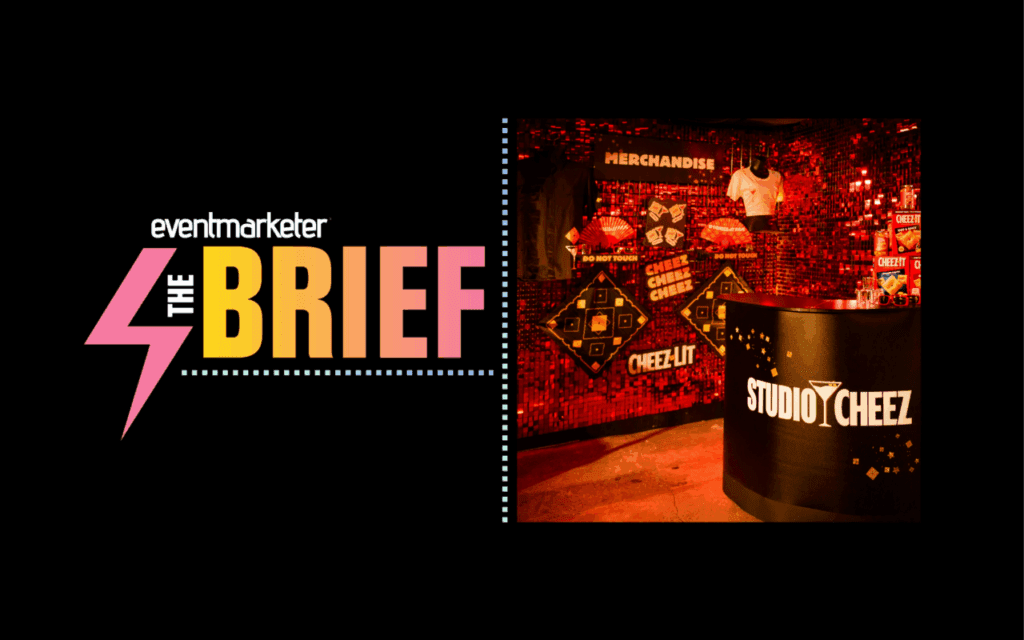IN-STORE SERVICES: $904 MILLION
Supplier shakeups, brand consolidation hold growth at 3.9 percent.
Promotional kiosks and loyalty cards continue to be a ubiquitous presence in grocery stores, and increasingly in drugstores and other retail channels as well. But as competition increases, suppliers are finding that clients don’t want cookie-cutter technology, but systems that will help them create more personal relationships with customers.
Spending on in-store services increased 3.9 percent to $904 million in 2000, according to PROMO estimates based on industry sources. Growth was slowed by CPG consolidation which reduced the number of major players in the grocery channel and the demise of one leading in-store company. The slowing economy, of course, didn’t help either.
But the need for an aggressive presence in-store keeps many marketers active. Loyalty cards continue to proliferate, even though retailers have found that their growing ubiquity prevents them from having a major impact. More than 10,000 grocery stores, or about 32 percent of the total U.S. market, now operate frequent-shopper card programs, according to Retail Systems Consulting, Naples, FL. About 70 percent of shoppers belong to at least one program.
New York City-based News America Marketing, which reported “strong revenue growth” for fiscal 2000 (ended June 30), is working on a licensing agreement with Tactical Retailing Solutions, Farmington, CT, that will launch a new kiosk-based coupon system. News America sold its in-store sampling business to Overland Park, KS-based Sunflower Group last summer to focus on its technology systems.
Dallas-based Blockbuster, Inc., which last year teamed with retail technology firm Retail Services, Dallas, to form Freebie, Inc., continues to provide in-store marketing services to outside retailers through its 5,000 stores. T.G.I. Friday’s, Jiffy Lube, and AMC Theatres are among those who have signed on for the Smart Offers program, which dispenses coupons and offers to Blockbuster members at checkout.
“We’re very happy with the response we’ve gotten from customers,” says Freebie senior vp-sales and marketing Steve Krumholz. Blockbuster is looking to add the system in its 800 franchise stores, then expand it to “a broad range of large retailers,” he says.
Unique Techniques
In March, News America completed the first phase of testing on a new Smart Card in 12 Furrs Supermarket stores in New Mexico. About 5,000 customers were issued new Furrs Club cards that can be inserted in machines on shelf. Discounts are logged onto the cards and activated at checkout. Forty percent of participating shoppers liked the system, reports News America, which currently is negotiating with a 100-store retailer to add the system. Testing continues through September.
The company also launched ShelfVision, a battery-powered display featuring a moving card behind a special screen offering the element of motion. The system has helped such brands as Lysol, Tide, and Smuckers produce sales lifts of up to 20 percent.
Retailers have been working with manufacturers to develop one-to-one relationships with customers. “Brands are very interested in getting rid of waste,” says Sue Klug, president of Catalina Marketing Solutions, St. Petersburg, FL. “Targeting and better data allow that to happen.”
Catalina, which runs its Checkout Coupon Network in about 15,000 grocery stores, has seen a rise in business from HBA clients, Klug says. The system’s redemption rates remained steady last year at just under nine percent. Catalina moved outside traditional grocery venues in 1999 by bringing its services to PetsMart stores, and is looking at other alternate channels.
Catalina reported an 18-percent revenue increase to $304.6 million in the first nine months of fiscal 2001, ended March 31. In early 2001, the company acquired the outstanding interest in its SuperMarkets Online Web operation from the Tribune Co. for $10.5 million. The operation’s ValuPage service (select coupons online for in-store redemption) was accepted in 12,869 supermarkets in the period.
Looking for long-term, integrated programs rather than one-shot efforts which often don’t produce in critical accounts, brands are increasingly employing a combination of in-store elements such as radio, floor advertising, and coupons, says Lewis de Seife, vp-trade marketing for The Guild Group, New York City. “One silver bullet doesn’t always work to produce volume,” he says. Englewood Cliffs, NJ-based Lipton, for example, used the aforementioned triple play in key accounts for its Sizzle and Stir brand and posted a 40-percent lift in sales as well as a 45-percent savings in cost.
Floor advertising rose in popularity in 2000. Princeton, NJ-based FloorGraphics developed an interactive display offering lighting, sound, and scents that are activated when stepped on. U.S. testing begins this summer. News America released FloorTalk, a die-cut, vinyl billboard; Nestlé is among the brands testing it.
SNAPSHOT:
- Spending on in-store services rose 3.9 percent to $904 million.
- The market continue to expand outside the traditional grocery and drug store channels.
- About 10,000 stores, or 32 percent of the grocery channel, now offer loyalty programs.

 Network
Network

